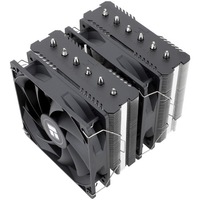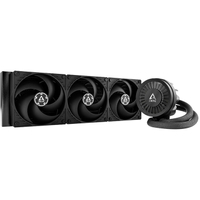Best CPU coolers in 2025: I've tested more than anyone needs, and these two picks are my favorites for building custom PCs
I'm picking my all-time favorite CPU coolers for traditional air and all-in-one (AIO) liquid options.
If you're building a custom gaming PC or assembling a rig for content creation, you'll need a suitable CPU cooler that controls your processor's thermals. High temperatures lead to throttled performance and even instability with a sustained peak, so choosing the best CPU cooler is critical before you unpack your hand-picked components and get started.
I get it; picking between the RGB-laden options is daunting for a first-time PC builder and even those attempting their second or third rig. Luckily, I've built more desktops than I can count, making the usual rookie mistakes at the beginning and learning a little more every time. Now, I've boiled down my top CPU cooler recommendations to just two picks, so let's check them out.
Which CPU cooler should you buy in 2025?
Why you can trust Windows Central
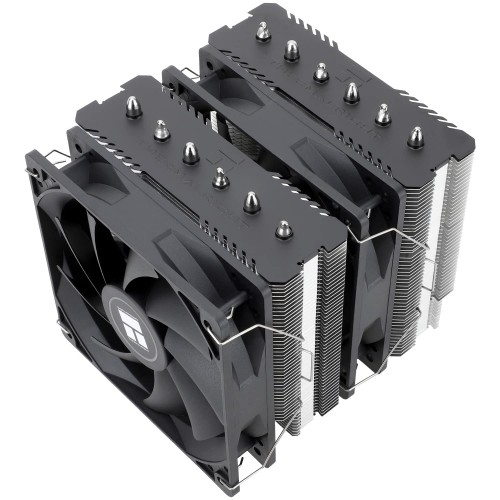
I've used the Peerless Assassin 120 SE to cool both AMD (AM4/5) and Intel (LGA 1700/1851) chips without issue, and it remains inside a Ryzen 7800X3D rig. It's almost unfair how well it performs for its outrageously affordable price tag, and I haven't suffered any problems with it to date.
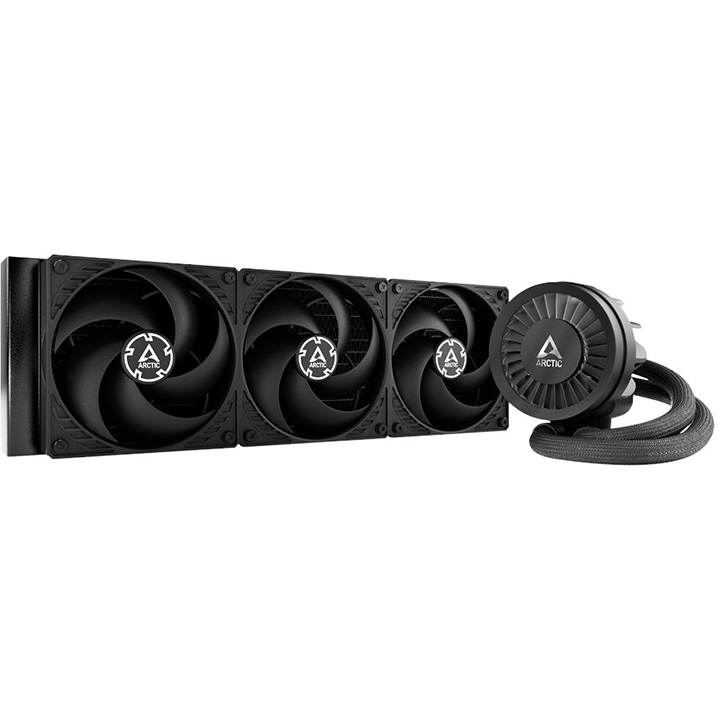
There is an RGB variant, but ARCTIC keeps it simple with its world-class Liquid Freezer III all-in-one liquid cooler. Radiator sizes include 240mm, 280mm, 360mm, and even a monstrous 420mm, but I prefer the Liquid Freezer III 360 if it fits into my current case.
Thermalright for air cooling on a budget
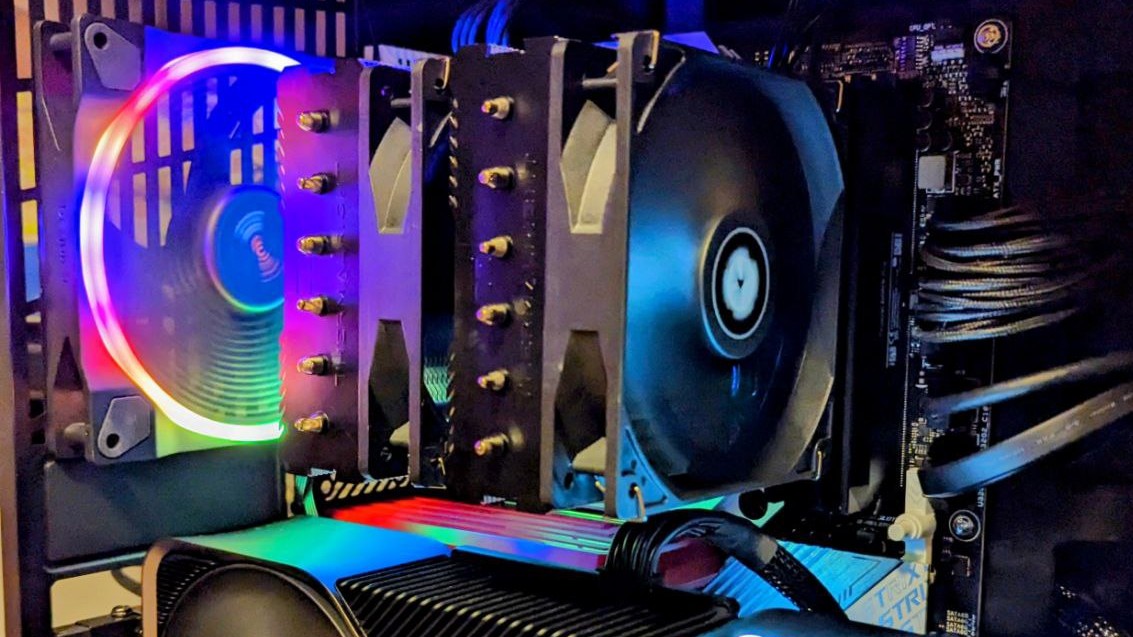
Thermalright includes two 120mm fans with its Peerless Assassin air cooler alongside mounting brackets for Intel and AMD processors, with the appropriate standoffs for each. AM4 risers pair with a stock backplate on my motherboard to fit a compatible AM5 socket instead, and the whole thing barely takes fifteen minutes to complete once I connect the fan cable Y-splitter to its headers and clip on the fans. It's usually surfaced as an option for those on a strict budget, but the Peerless Assassin would happily fit into any mid-to-high-end custom build. It's just that good.
Thermalright Peerless Assassin 120 SE | was $38.90 now $34.90 at Amazon.com
Dual 120mm fans and thermal paste included, this ultra-affordable air cooler is compatible with modern processors from Intel and AMD. It's a stellar pick.
👉 Also sold at: Newegg.com
ARCTIC offers the best AIO coolers I've ever used
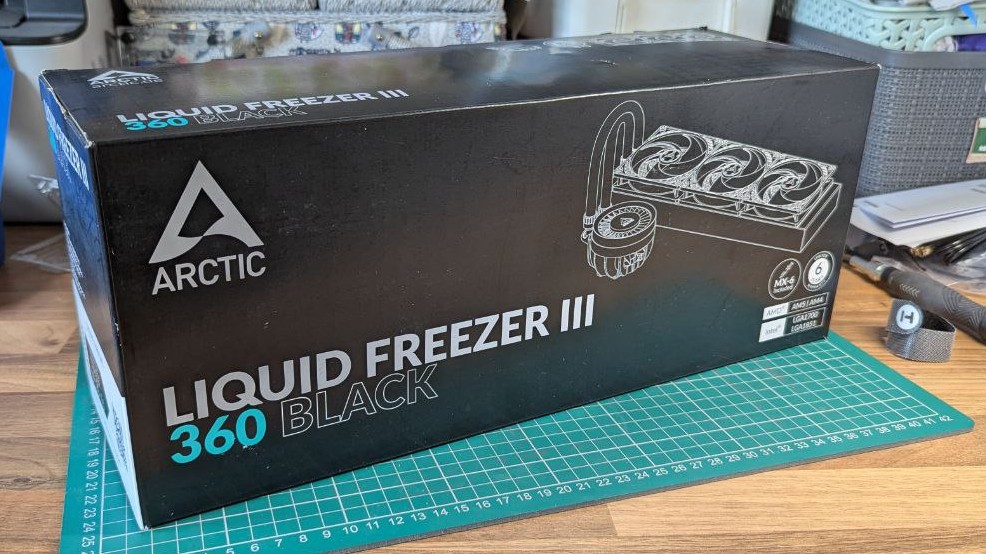
I've tested all-in-one (AIO) liquid coolers from the usual suspects, but I keep coming back to ARCTIC for its simplicity and performance. A 360mm radiator might be too big for some builds, and you should check your case compatibility before ordering, but it's stood up to intensive benchmarking for plenty of modern AMD and Intel chips since its release. Seeing its predecessor (Liquid Freezer II) with a significant discount can be tempting, but adding a CPU block-mounted fan gives it enough of a unique edge to stand out, especially when a GPU is exhausting hot air toward your processor.
ARCTIC Liquid Freezer III 360 | was $129.99 now $90.08 at Amazon.com
Compatible with Intel and AMD, even adjusting its optimal mounting position to target hot spots on the latter's Ryzen processors, ARCTIC keeps it simple and focuses on enthusiast-grade cooling performance.
👉 Also sold at: Newegg.com
CPU cooler compatibility: AMD vs. Intel
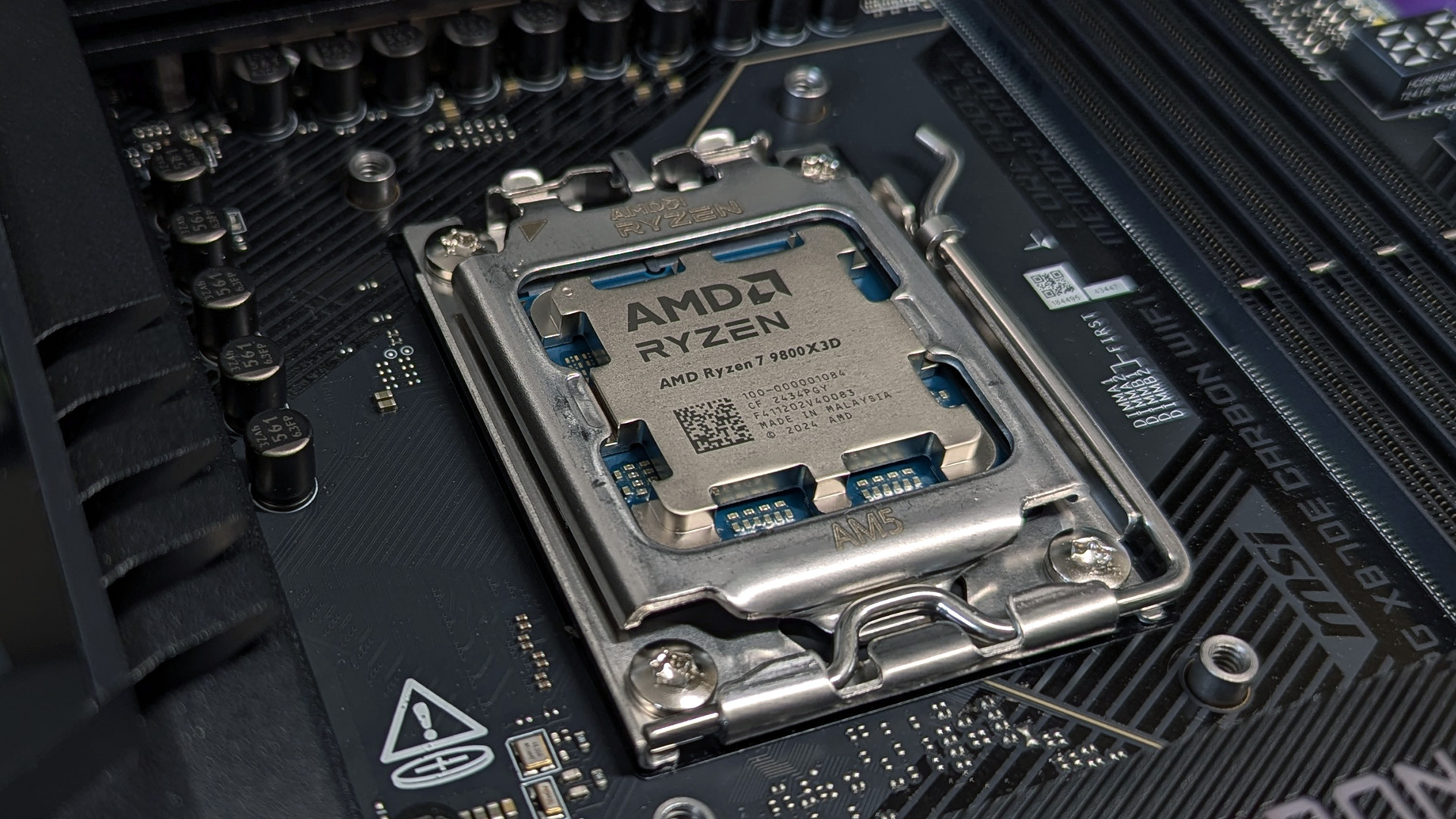
Choosing the proper cooler for your CPU depends on a few crucial factors. Compatibility is the name of the game, so you'll need to check your processor and the socket associated with it. For example, a 14th Gen Intel Core i7-14700K uses an LGA1700 socket like the 12th and 13th Gen before it. Thanks to cross-generation socket compatibility, pairing a cooler with Intel chips is a little easier, whereas AMD Ryzen processors are experiencing more of a generational shift from AM4 to AM5. Thankfully, AM4 coolers are generally identical to AM5 and often use the same brackets.
You should check the official Intel support page to identify Core desktop processors and, in the same way, the official AMD support page for Ryzen equivalents.
Once you're confident in compatibility, performance is the next priority. If you're building a custom gaming desktop with a power-hungry processor that draws around 120W TDP, you'll benefit from coolers like all-in-one (AIO) variants with larger 360mm radiators and triple-fan setups. Simply put, the more power a processor uses, the hotter it'll get. My top choice for the best AIO is the ARCTIC Liquid Freezer III specifically because it'll handle practically anything without getting too expensive. For those choosing more modest, power-conscious processors, the phenomenal Peerless Assassin 120 SE is an affordable marvel that handles thermal control without breaking the bank.
Get the Windows Central Newsletter
All the latest news, reviews, and guides for Windows and Xbox diehards.

Ben is a Senior Editor at Windows Central, covering everything related to technology hardware and software. He regularly goes hands-on with the latest Windows laptops, components inside custom gaming desktops, and any accessory compatible with PC and Xbox. His lifelong obsession with dismantling gadgets to see how they work led him to pursue a career in tech-centric journalism after a decade of experience in electronics retail and tech support.
